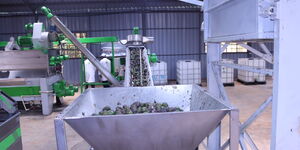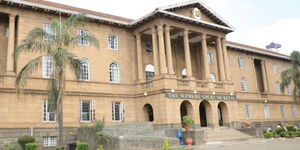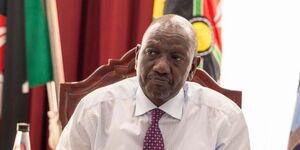Commercial banks have indicated that they are projecting the demand for loans will surge next year after the Central Bank of Kenya (CBK) cut its lending by a cumulative 175 basis points this year.
This comes as the apex bank remains in a tug of war with commercial banks, aiming to persuade them to lower interest rates on loans extended to Kenyans to stimulate economic growth. Currently, the Central Bank Rate (CBR), the interest rate that the CBK charges banks for loans, has been reduced to 11.25 per cent.
According to the Market Perceptions Survey released by the CBK on Tuesday, 10 December, banks anticipate increased demand for credit by non-bank players over the next 12 months, driven largely by the need for working capital across various business ventures.
Additionally, respondents informed the CBK that improved credit growth is linked to an expected rise in the uptake of new loans by both the household and corporate sectors.
“Banks expect that falling interest rates will boost demand for loans, particularly short-term facilities,” notes the survey.
The survey adds, “Bank respondents expect private sector credit growth to pick up in 2025 as lending rates decline in line with the reduction in the Central Bank Rate (CBR).”
Already, private sector credit growth showed no expansion in October, having decelerated from 13.8 per cent at the end of last year. CBK Governor Kamau, in a press briefing last Friday, called on the banks to resume lending to the economy, whose growth is seen slowing to 5.1 per cent this year, compared with 5.6 per cent in 2023.
“They need to start lowering aggressively,” Governor Kamau asserted. He added, “It’s in the interest of the banks to lower their lending rates. If they continue on this path, it’s a no-win for anyone.”
According to the Market Perception Survey, banks expect that the credit demand will be primarily driven by expected lower interest rates, which will attract customers.
Bankers also suggest that the upcoming festive season, as clients prepare to boost their stocks, followed by the back-to-school period, which is likely to boost retail and SME loan uptake, will play a crucial part in the growth.
On the other hand, the need for working capital for various activities, including renovations, marketing, business growth, payment of utilities, daily operating expenses, supplier payments, loan repayments, supplier reimbursements, and the purchase of inputs among the non-banks, including sectors like manufacturing, have been cited as part of the reasons behind the projected increase in loan demands.
Additionally, economic recovery, infrastructure development, and major strategic projects, such as public-private partnerships, are projected to fuel credit demand in the construction, transport, and energy sectors.
However, there is cautious optimism over the rise in borrowing next year. According to the survey, bankers identified the high nonperforming loans (NPLs) as a potential risk to private sector credit in 2025, primarily due to tight requirements adopted by banks, which discourage prospective borrowers from taking on additional loans.












